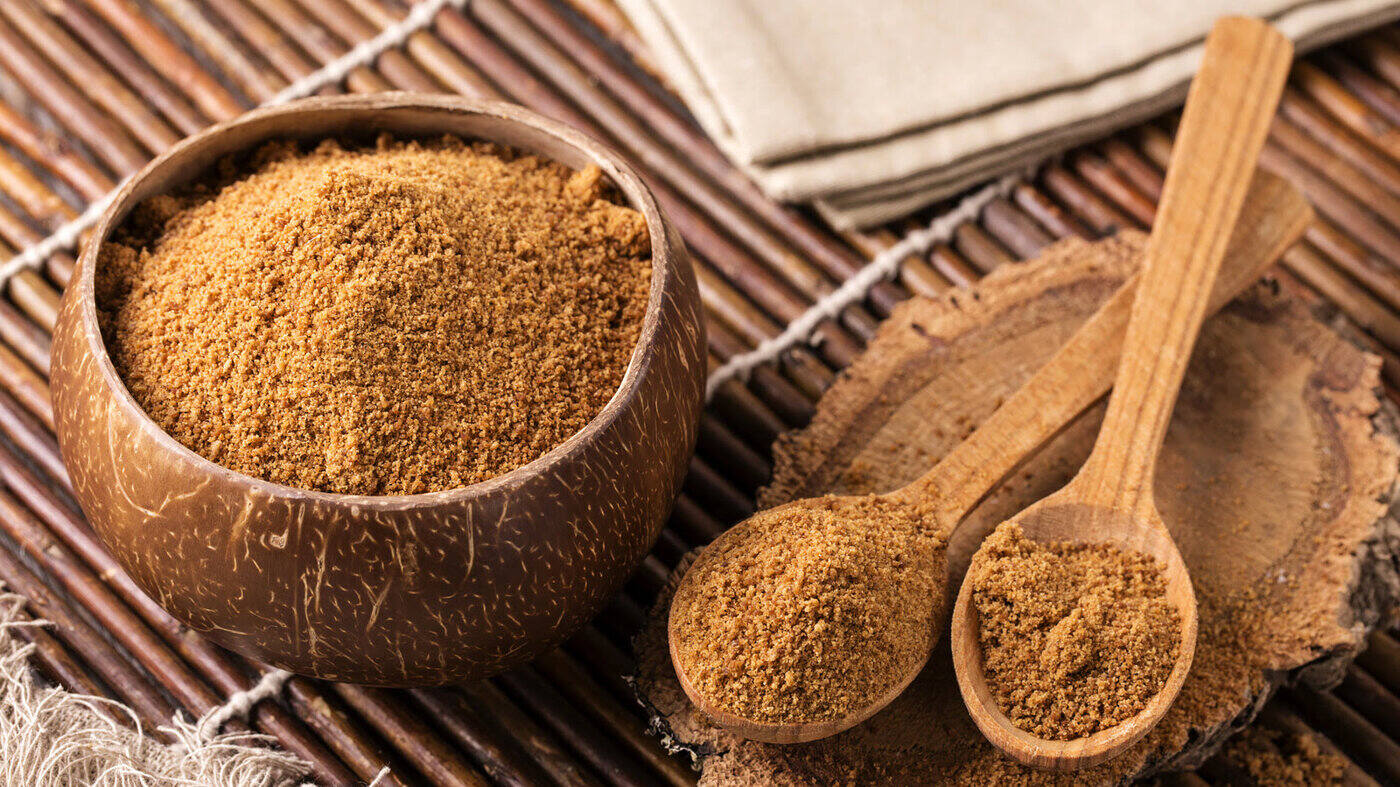

Articles
How To Store Coconut Sugar
Modified: December 7, 2023
Discover the best methods and tips for storing coconut sugar in this informative article. Keep your coconut sugar fresh and delicious for longer with our expert advice.
(Many of the links in this article redirect to a specific reviewed product. Your purchase of these products through affiliate links helps to generate commission for Storables.com, at no extra cost. Learn more)
Introduction
Coconut sugar has gained popularity in recent years as a healthier alternative to refined white sugar. It is derived from the sap of coconut palm trees and boasts a rich, caramel-like flavor. Not only does coconut sugar add a delightful taste to your recipes, but it also comes with several health benefits. However, to fully enjoy these benefits, it is essential to store coconut sugar properly.
In this article, we will explore the various factors to consider when storing coconut sugar and provide tips on how to maintain its quality and flavor for an extended period. By following these guidelines, you can ensure that your coconut sugar remains fresh and ready to use whenever you need it.
Key Takeaways:
- Properly storing coconut sugar is crucial for maintaining its freshness, flavor, and health benefits. Choose the right container, seal it tightly, and keep it away from moisture and sunlight to enjoy its rich taste in your recipes.
- Regularly checking and rotating your coconut sugar stock ensures that you use the freshest supply, minimizing the risk of spoilage. Label containers, store in a cool, dry place, and follow the FIFO method for optimal freshness.
Read more: How To Store Coconut
Benefits of Using Coconut Sugar
Coconut sugar offers a range of benefits that make it a popular choice for health-conscious individuals. Here are some of the key advantages of using coconut sugar:
- Low Glycemic Index: Unlike refined sugars, coconut sugar has a low glycemic index. This means that it does not cause a rapid spike in blood sugar levels, making it a suitable option for individuals with diabetes or those following a low-glycemic diet.
- Nutrient-Rich: Coconut sugar contains essential minerals such as iron, zinc, calcium, and potassium. These minerals contribute to overall well-being and support various bodily functions.
- Natural and Unrefined: Unlike white sugar, coconut sugar is not heavily processed and does not contain any artificial additives. It is made from the sap of coconut palms, making it a more natural and wholesome sweetener option.
- Rich Flavor Profile: Coconut sugar has a distinct flavor that adds depth and complexity to dishes. It offers a subtle caramel-like taste, enhancing the overall taste of your recipes.
- Versatile Usage: Coconut sugar can be used as a substitute for white sugar in various recipes, including beverages, desserts, sauces, and baked goods. It dissolves easily and provides a sweet and flavorful result.
By incorporating coconut sugar into your diet, you can enjoy its sweet taste while reaping these significant benefits for your overall health and well-being.
Choosing the Right Storage Container
When it comes to storing coconut sugar, selecting the appropriate container is crucial to maintain its freshness and quality over time. Here are some factors to consider when choosing a storage container:
- Airtight Seal: Opt for a container with an airtight seal to prevent moisture from entering. Moisture can cause clumping and spoil the coconut sugar, compromising its taste and texture.
- Durable Material: Look for a container made of sturdy and food-safe material, such as glass or BPA-free plastic. This ensures that the container does not absorb any odor or impart any harmful substances into the coconut sugar.
- Size: Choose a container that is appropriately sized to accommodate your coconut sugar supply. Consider factors such as how often you use coconut sugar and how much you typically consume in a specific time frame.
- Transparency: Opt for a transparent container that allows you to easily monitor the quantity and condition of your coconut sugar. This helps you to assess whether it needs replenishing or if there are any signs of spoilage.
Investing in a suitable container ensures that your coconut sugar remains fresh and free from contamination, maximizing its shelf life and preserving its flavor.
Ideal Storage Conditions
To maintain the freshness and quality of coconut sugar, it is crucial to store it under the right conditions. Here are the ideal storage conditions for coconut sugar:
- Temperature: Coconut sugar should be stored in a cool environment with a stable temperature. Aim for a temperature range between 60°F and 75°F (15°C to 24°C). Avoid storing it in areas that are exposed to direct sunlight or extreme heat.
- Humidity: Coconut sugar is hygroscopic, meaning it readily absorbs moisture from the environment. To prevent clumping and potential spoilage, store it in a place with low humidity levels. Ideally, the humidity should be below 50%.
- Ventilation: Ensure that the storage area has proper ventilation to prevent the accumulation of moisture. This helps to maintain a dry environment and extends the shelf life of the coconut sugar.
- Odor-Free Environment: Coconut sugar can absorb odors from its surroundings. Store it away from strong-smelling substances such as spices, onions, or cleaning products to preserve its natural flavor and scent.
By providing the ideal storage conditions for your coconut sugar, you can significantly prolong its shelf life and ensure that it remains fresh and ready for use whenever you need it.
Properly Sealing the Coconut Sugar
One of the crucial steps in storing coconut sugar is ensuring that it is properly sealed. Proper sealing helps to maintain the quality and freshness of the sugar by preventing moisture and air from entering. Here are some tips on how to properly seal your coconut sugar:
- Transfer to an Airtight Container: Once you have opened the package of coconut sugar, transfer it to an airtight container. Make sure the container has a secure lid that forms a tight seal to prevent any air or moisture from getting in.
- Remove Excess Air: Before sealing the container, try to remove as much air as possible. Air exposure can lead to oxidation and can cause the sugar to become dry and lose its flavor. You can use a vacuum sealer or pressing down on the sugar to remove any trapped air.
- Check for Proper Seal: After sealing the container, make sure to check if it is properly sealed. Give the lid a gentle shake to ensure it does not come loose. If the container has a faulty seal, consider using plastic wrap or a layer of aluminum foil before closing the lid.
- Label the Container: It is also a good practice to label the container with the date of storage. This way, you can keep track of how long the coconut sugar has been stored and rotate your stock accordingly.
By following these sealing techniques, you can prevent moisture, air, and unwanted contaminants from affecting the quality and taste of your coconut sugar, ensuring that it stays fresh for an extended period.
Store coconut sugar in an airtight container in a cool, dry place away from direct sunlight. This will help prevent clumping and maintain its quality.
Read more: How To Store A Coconut
Keeping Coconut Sugar Away from Moisture
Moisture is the primary enemy when it comes to storing coconut sugar. Excessive moisture can cause the sugar to clump and become unusable. Therefore, it is important to take steps to keep coconut sugar dry and free from moisture. Here are some strategies to help you keep coconut sugar away from moisture:
- Store in a Dry Location: Choose a storage area that is dry and free from any moisture sources, such as a pantry or cupboard. Avoid storing coconut sugar near sinks, dishwashers, or areas prone to humidity, like the stove or refrigerator.
- Use Silica Gel Packets: Place silica gel packets in the storage container with the coconut sugar. Silica gel is a desiccant that absorbs moisture, helping to keep the sugar dry. You can find these packets in various packaging or repurpose ones that come with other products like vitamins or electronics.
- Avoid Opening the Container Frequently: Each time you open the container, moisture from the air can enter and come into contact with the sugar. Minimize exposure by only opening the container when necessary and sealing it tightly immediately after use.
- Keep Moisture-Absorbing Ingredients Away: While silica gel helps absorb moisture, it is important to keep it separate from the coconut sugar. Placing it directly in contact with the sugar can affect its taste and texture.
- Avoid Using Wet Utensils: When scooping coconut sugar from the container, ensure that the utensils are dry. Moisture from wet utensils can introduce moisture into the sugar, causing clumping and spoilage.
By implementing these measures, you can effectively protect your coconut sugar from moisture, ensuring that it remains dry and ready for use whenever you need it.
Avoiding Exposure to Sunlight
Another important factor to consider when storing coconut sugar is to protect it from exposure to sunlight. Sunlight can have adverse effects on the quality and shelf life of the sugar. Here are some tips on how to avoid exposure to sunlight:
- Choose a Dark Container: When selecting a storage container for your coconut sugar, opt for an opaque or dark-colored container. This helps to block out sunlight and prevent its harmful effects on the sugar.
- Store in a Dark Location: Find a storage spot away from direct sunlight. Sunlight can not only degrade the quality of the sugar but also cause fluctuations in temperature that can affect its texture and taste.
- Avoid Transparent Containers: Transparent containers may look aesthetically pleasing, but they allow sunlight to penetrate and reach the sugar. It is best to choose an opaque container to provide maximum protection.
- Close the Container Properly: Ensure that the lid of the container is tightly closed to create a seal that prevents any sunlight from entering. This is especially important if the container is made of a transparent material.
- Consider Storage in a Cupboard or Pantry: If possible, store the coconut sugar in a dark cupboard or pantry with minimal exposure to sunlight. This helps to maintain a consistent and cool environment for the sugar.
By shielding your coconut sugar from sunlight, you can protect its quality, flavor, and nutritional benefits, ensuring a longer shelf life and maximum enjoyment when using it in your culinary creations.
Storing in a Cool, Dry Place
One of the key elements in storing coconut sugar is maintaining a cool and dry environment. Heat and humidity can negatively impact the quality and texture of the sugar, leading to clumping and spoilage. Here are some guidelines for storing coconut sugar in a cool, dry place:
- Temperature: Aim for a storage temperature between 60°F and 75°F (15°C to 24°C). Avoid storing coconut sugar in areas exposed to direct sunlight or near heat sources, such as stoves or radiators.
- Avoid Refrigeration: While refrigeration may seem like a good option to keep the sugar cool, condensation can occur when taking it in and out of the refrigerator. The moisture can potentially ruin the texture and quality of the sugar. It is best to store coconut sugar at room temperature.
- Low Humidity: Humidity is a common culprit for clumping and moisture absorption in coconut sugar. Choose a storage area with low humidity levels, preferably below 50%. Avoid storing it in damp areas such as near kitchen sinks or in basements prone to moisture.
- Avoid Air Vents: Ensure that the storage location is away from air vents or areas with excessive airflow. Continuous air circulation can introduce humidity and alter the texture and consistency of the sugar.
- Consistent Environment: Fluctuations in temperature and humidity can deteriorate the quality of the sugar quickly. Choose a storage area that maintains a consistent environment, avoiding sudden changes in temperature or exposure to moisture.
By storing your coconut sugar in a cool and dry place, you can prevent clumping, maintain its granular texture, and preserve its quality and flavor for a long time.
Checking and Rotating Stock
To ensure that your coconut sugar remains fresh and maintains its quality, it is essential to regularly check and rotate your stock. This practice helps to prevent spoilage and ensures that you always have a fresh supply of coconut sugar on hand. Here’s how you can implement the process of checking and rotating your stock:
- Date and Label Containers: When you first open a package of coconut sugar, make a note of the date on the container. This will help you keep track of how long it has been stored.
- First In, First Out (FIFO) Method: Follow the FIFO method, which means using the oldest stock first. Place newly purchased or opened containers at the back of the storage area and move older ones to the front. This ensures that you use the older stock before it reaches its expiration date.
- Regularly Check for Signs of Spoilage: Regularly inspect your coconut sugar for any signs of spoilage, such as discoloration, clumping, or an off odor. If you notice any of these signs, it may be an indication that the sugar has gone bad and should be discarded.
- Remove Clumps: Over time, coconut sugar may develop clumps due to moisture absorption. If you come across clumps, gently break them up with a fork or sift the sugar to remove any clumps before using it.
- Purchase in Small Quantities: If you do not use coconut sugar frequently, consider purchasing it in smaller quantities. This reduces the risk of having a surplus that may go unused and become stale or spoiled.
By regularly checking your coconut sugar stock and implementing a rotation system, you can ensure that you are using the freshest sugar and minimize the chances of using expired or spoiled sugar in your recipes.
Read more: How To Store Sugar
Conclusion
Properly storing coconut sugar is essential to maintain its freshness, quality, and flavor over time. By following the guidelines outlined in this article, you can ensure that your coconut sugar remains in optimal condition for an extended period.
Choosing the right storage container with an airtight seal and transferring the sugar to it is the first step in preserving its quality. Keeping coconut sugar away from moisture is crucial to prevent clumping and spoilage. Avoiding exposure to sunlight helps maintain its flavor and nutritional benefits.
In addition, storing coconut sugar in a cool, dry place at an optimal temperature and humidity level is important to prevent degradation. Proper sealing of the container and checking for a tight seal is crucial to minimize moisture and air exposure.
Regularly checking and rotating your stock ensures that you use the oldest sugar first, minimizing the risk of spoilage. By following these practices, you can enjoy the many benefits of coconut sugar, such as its low glycemic index, nutrient content, natural and unrefined nature, rich flavor profile, and versatile usage in various recipes.
Remember to label your containers with dates and be mindful of the storage environment, avoiding areas with excessive heat, moisture, or sunlight. By implementing these storage practices, you can prolong the shelf life of your coconut sugar and continue to enjoy its delightful taste and health benefits.
So, take care of your coconut sugar, ensure proper storage, and savor its delicious flavor in all your favorite recipes!
Frequently Asked Questions about How To Store Coconut Sugar
Was this page helpful?
At Storables.com, we guarantee accurate and reliable information. Our content, validated by Expert Board Contributors, is crafted following stringent Editorial Policies. We're committed to providing you with well-researched, expert-backed insights for all your informational needs.
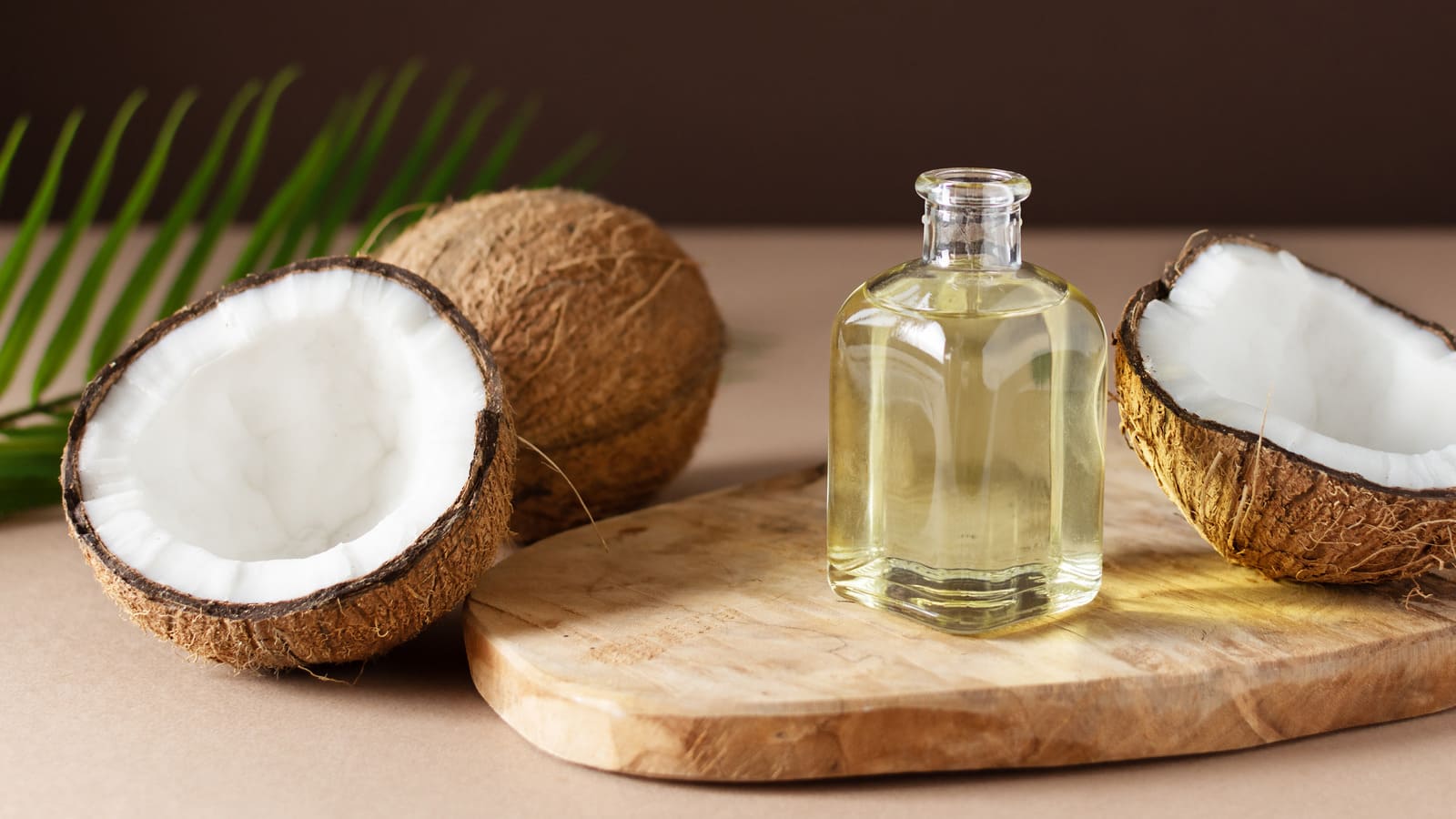

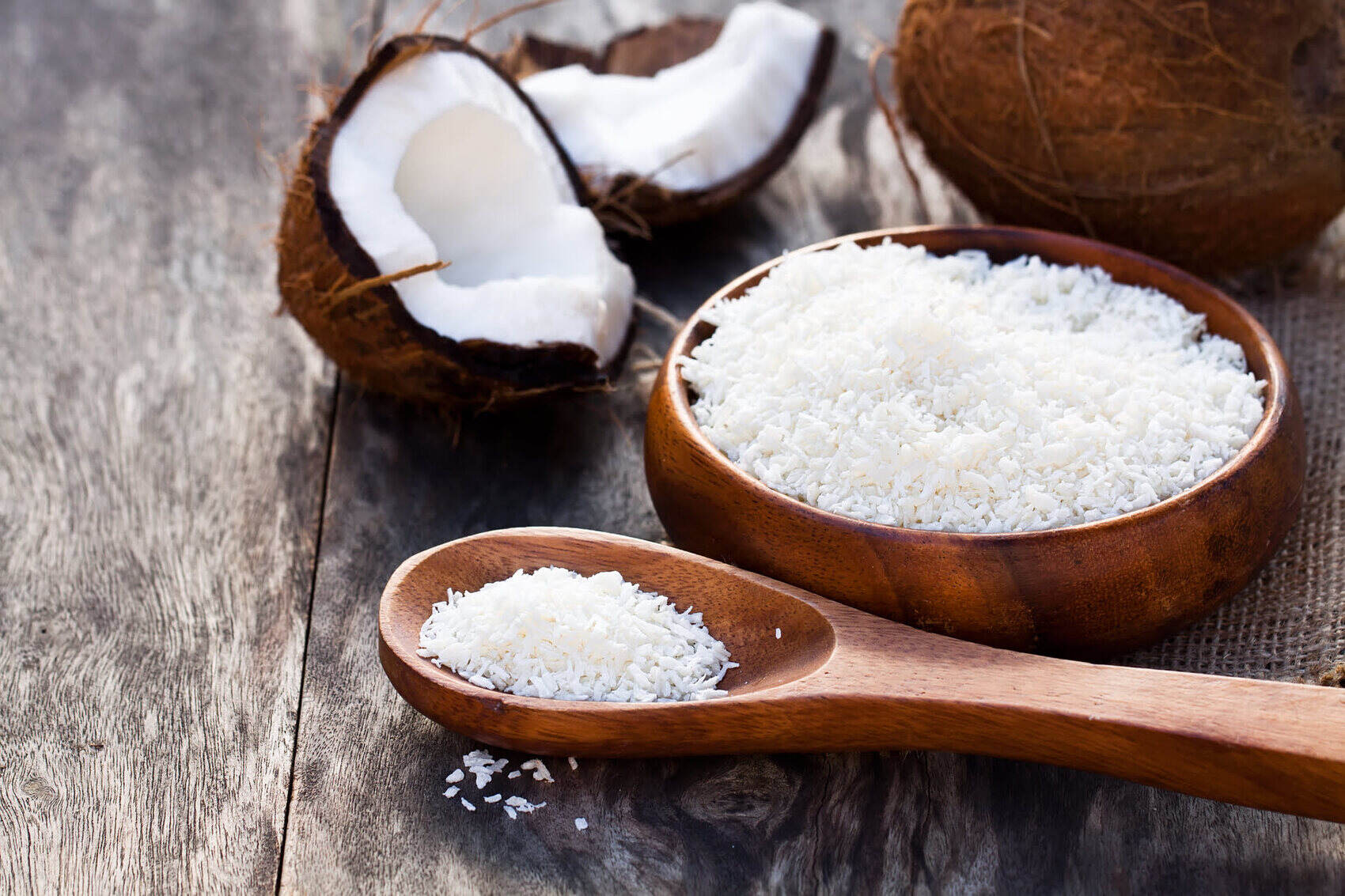
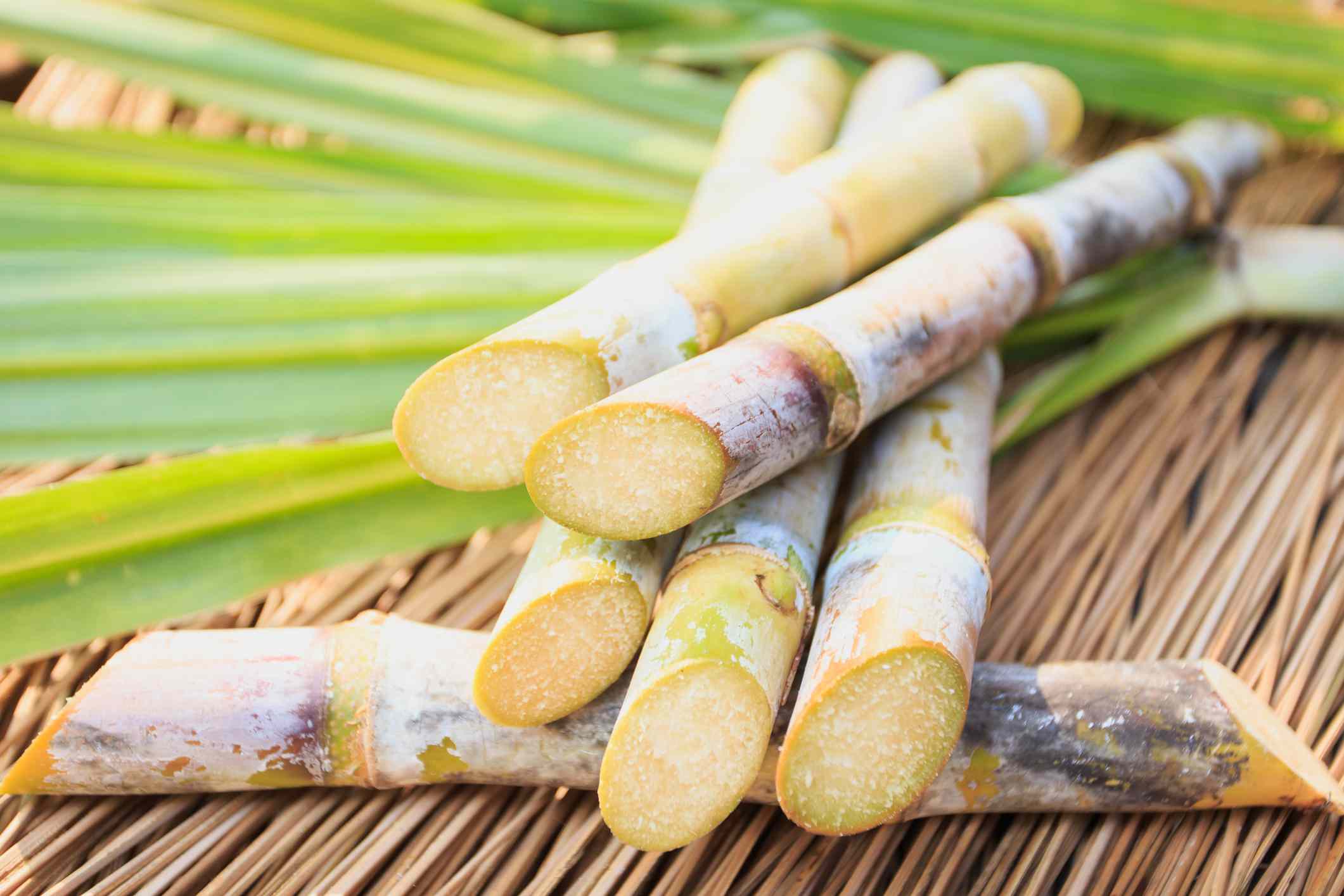
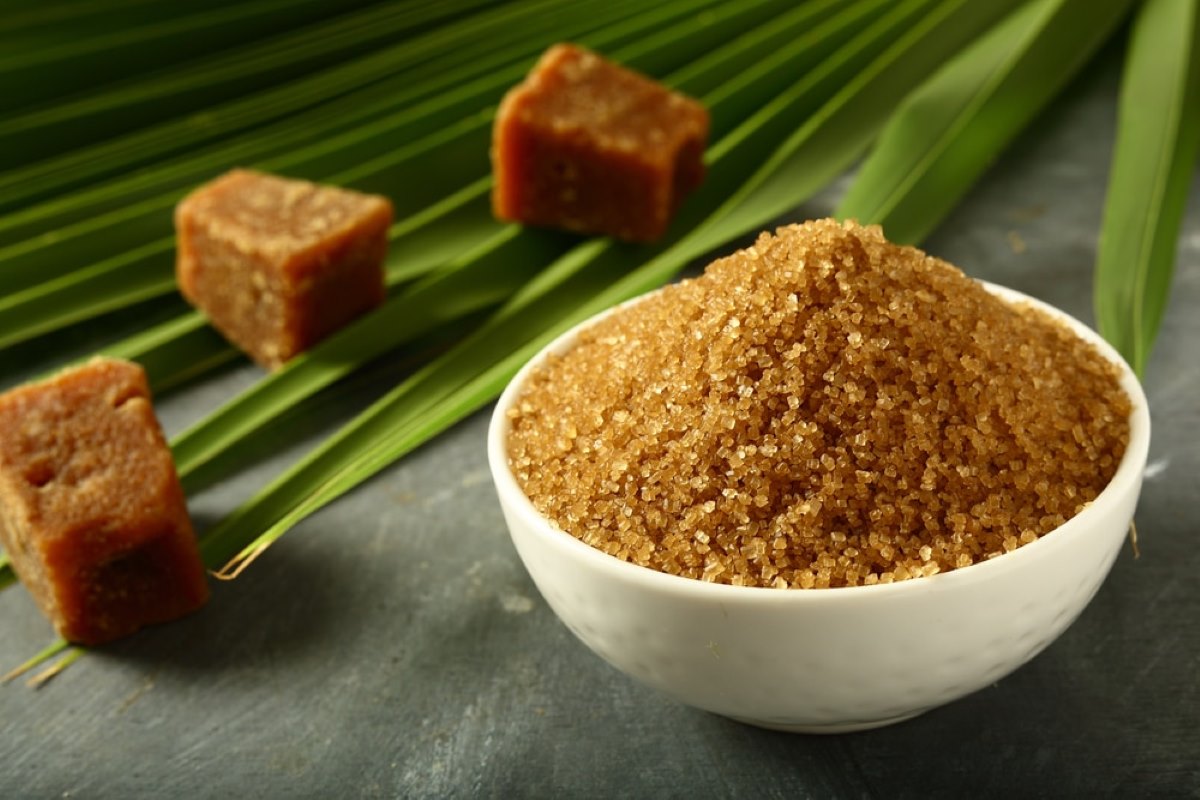
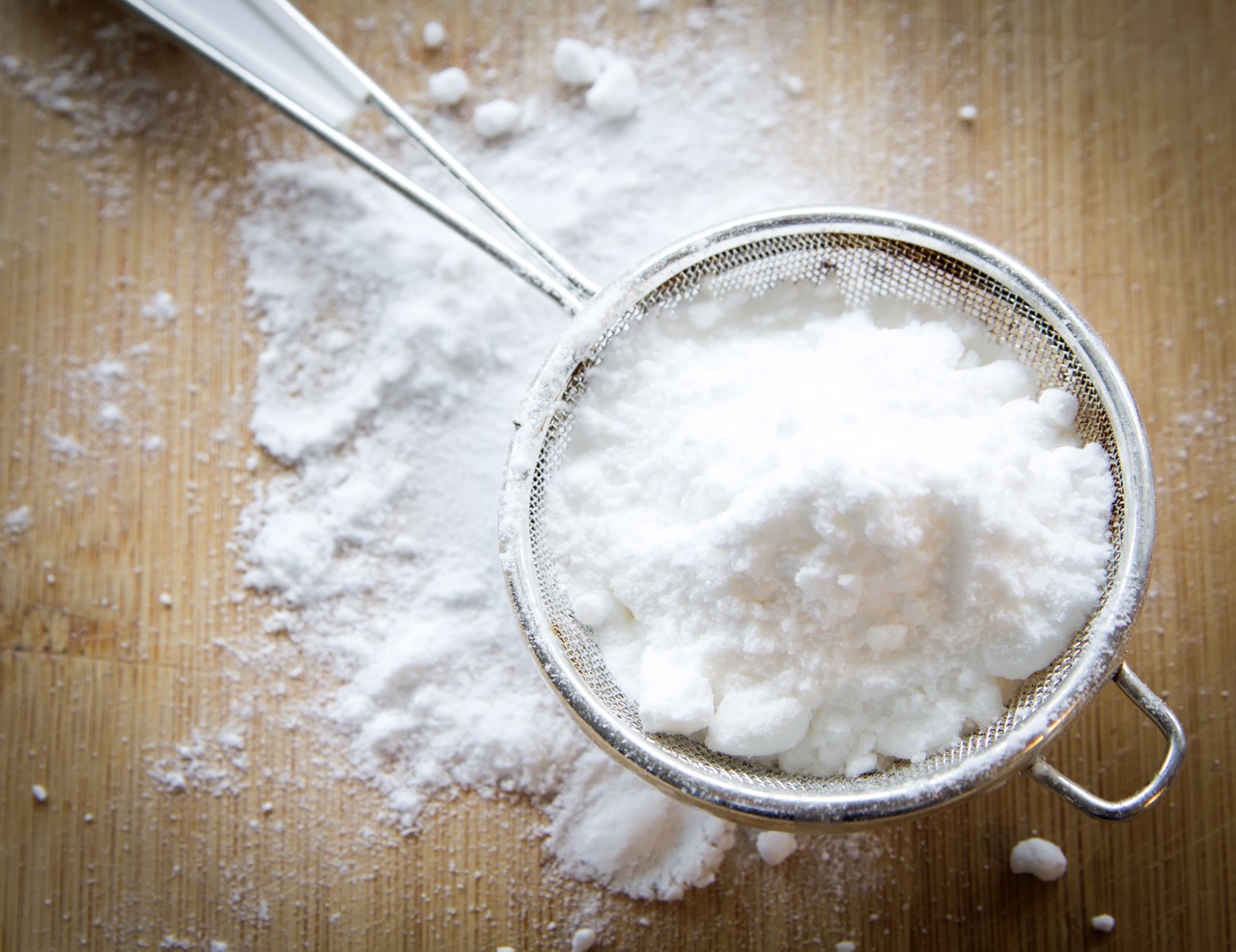
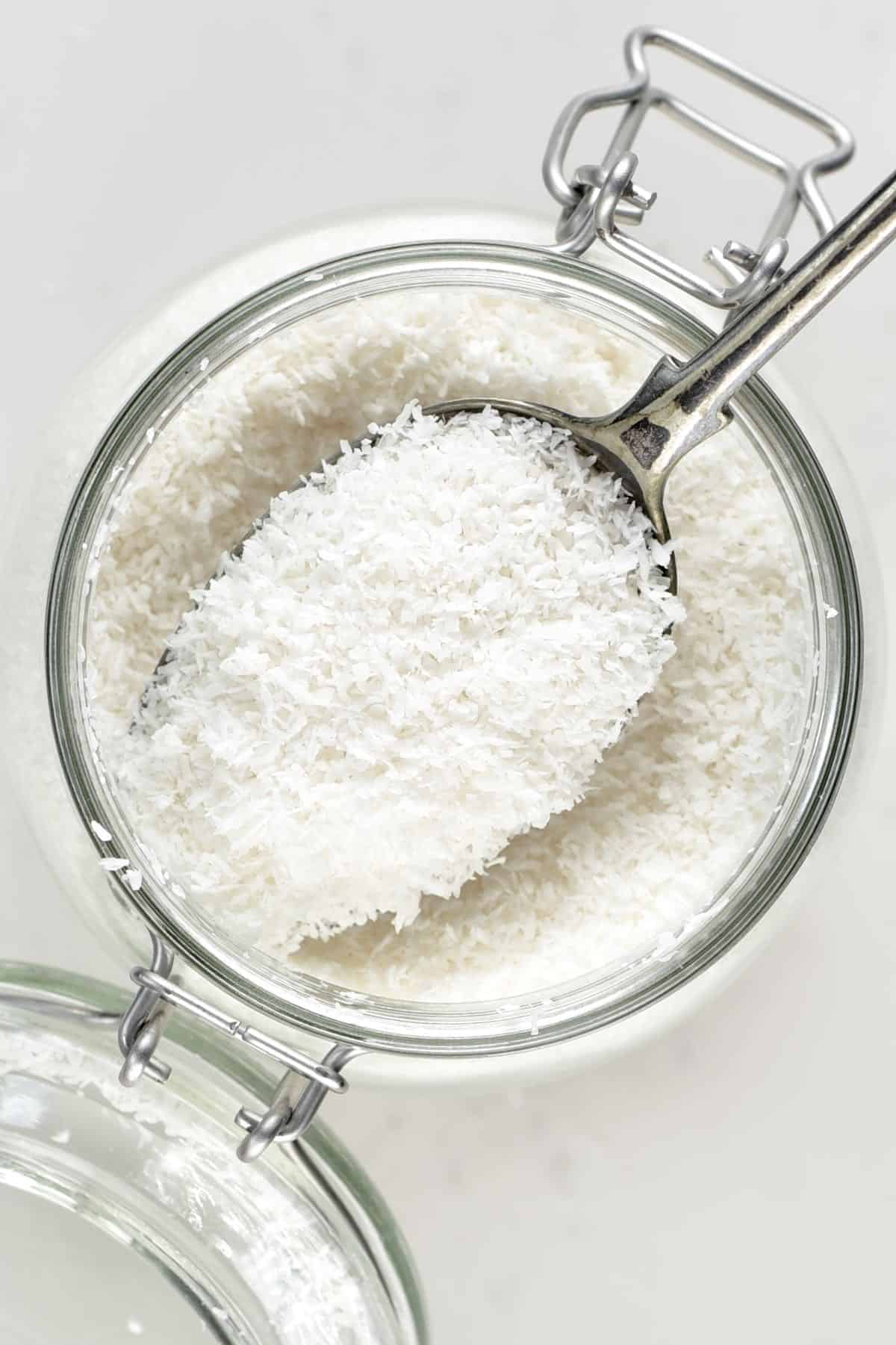
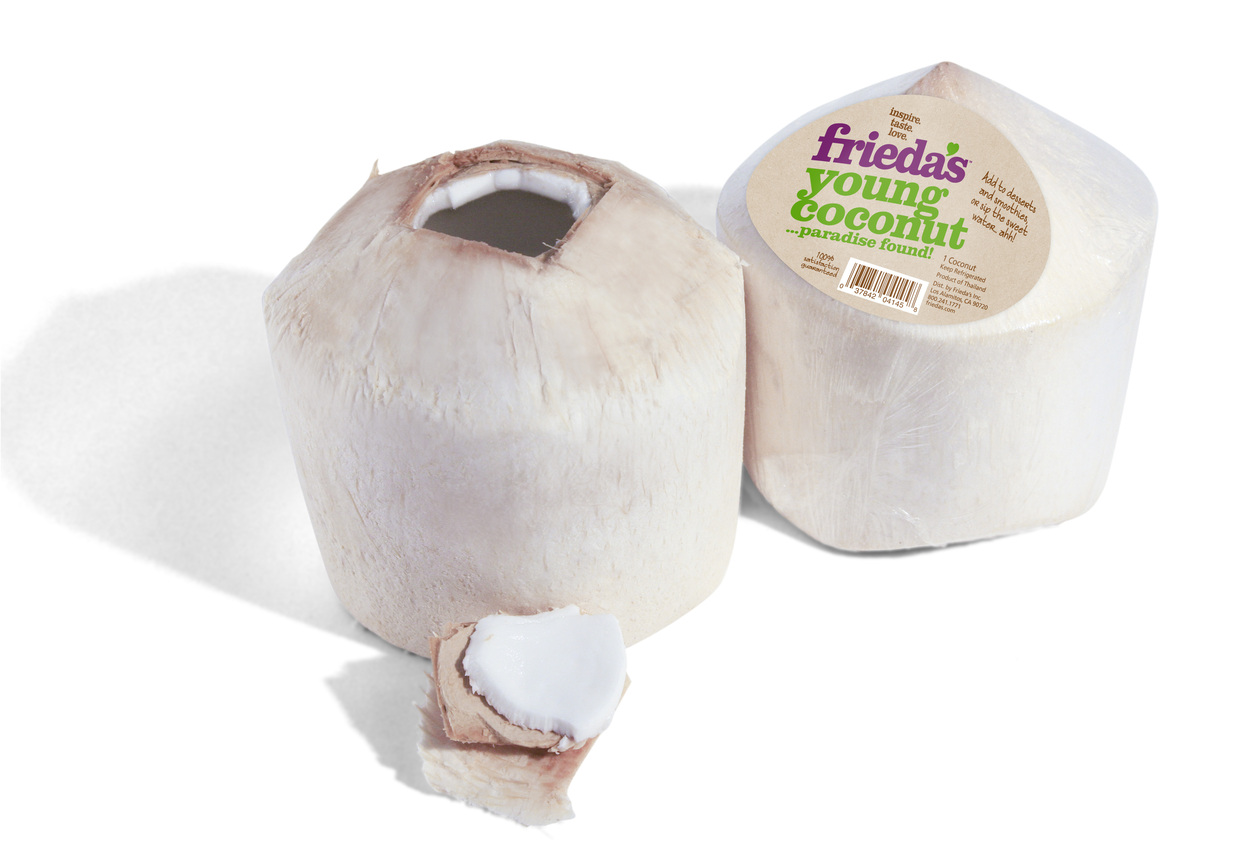
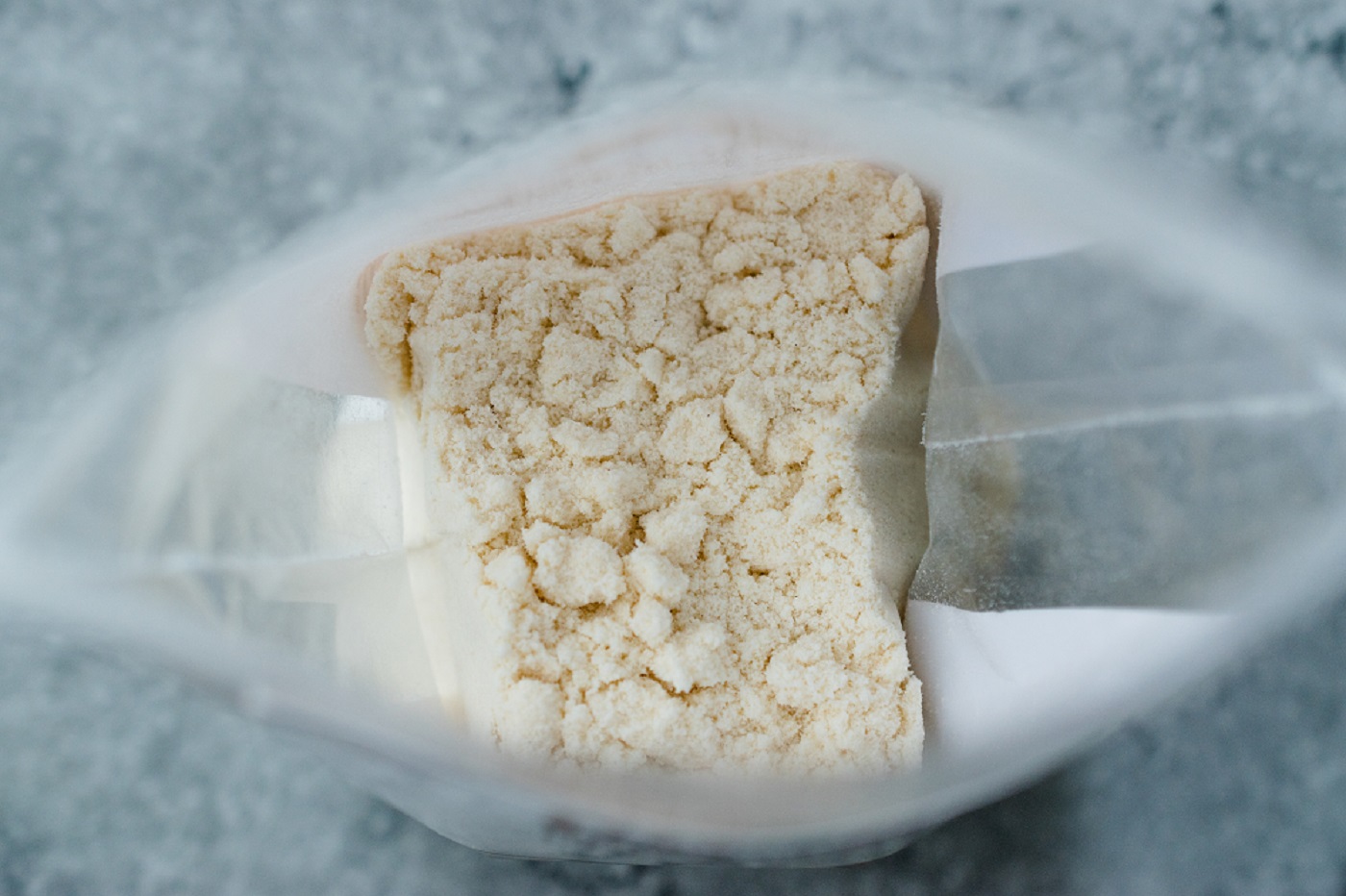
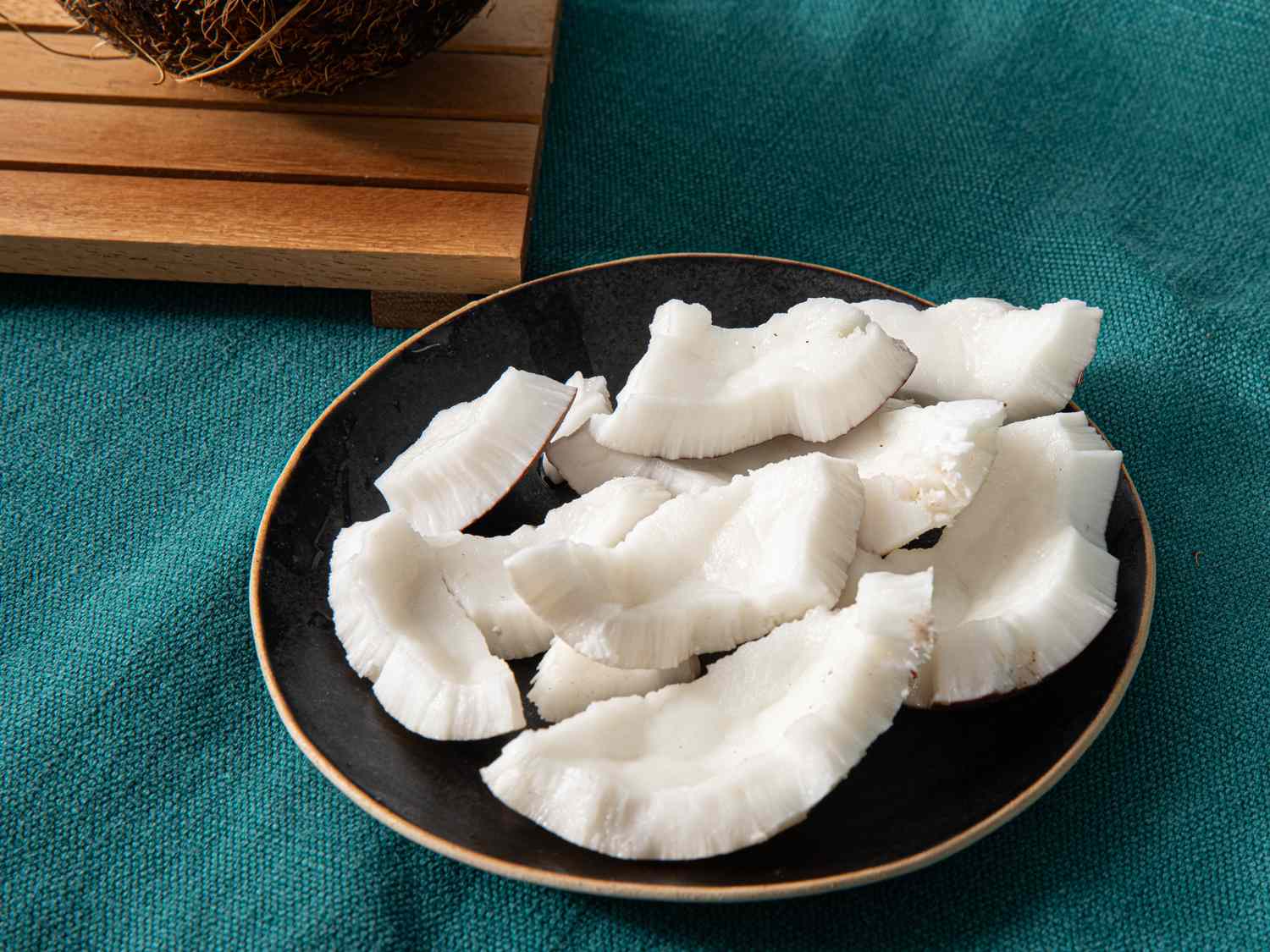
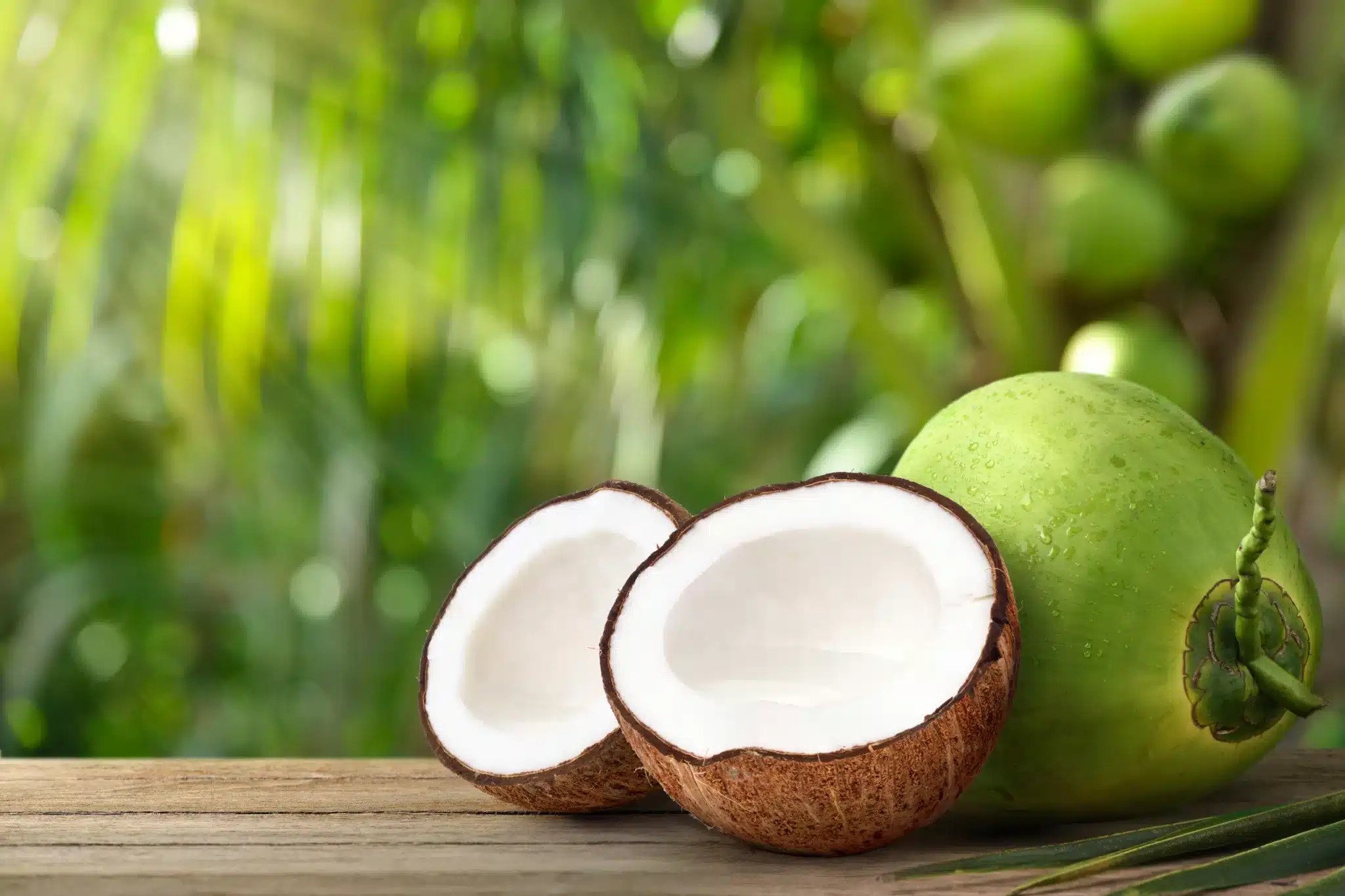
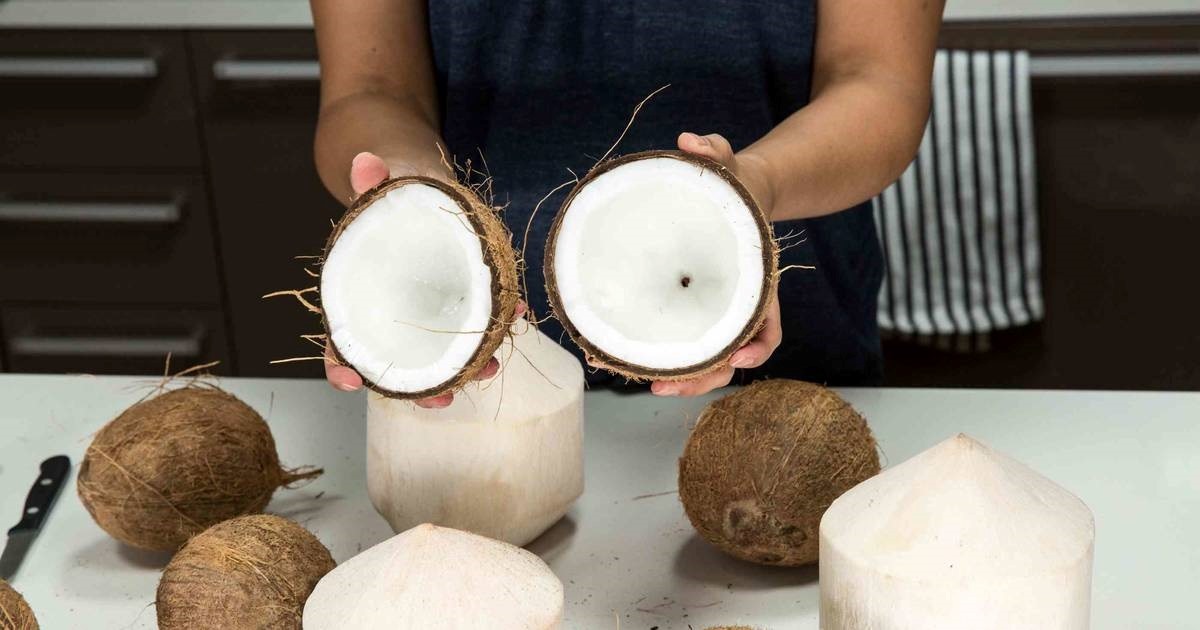
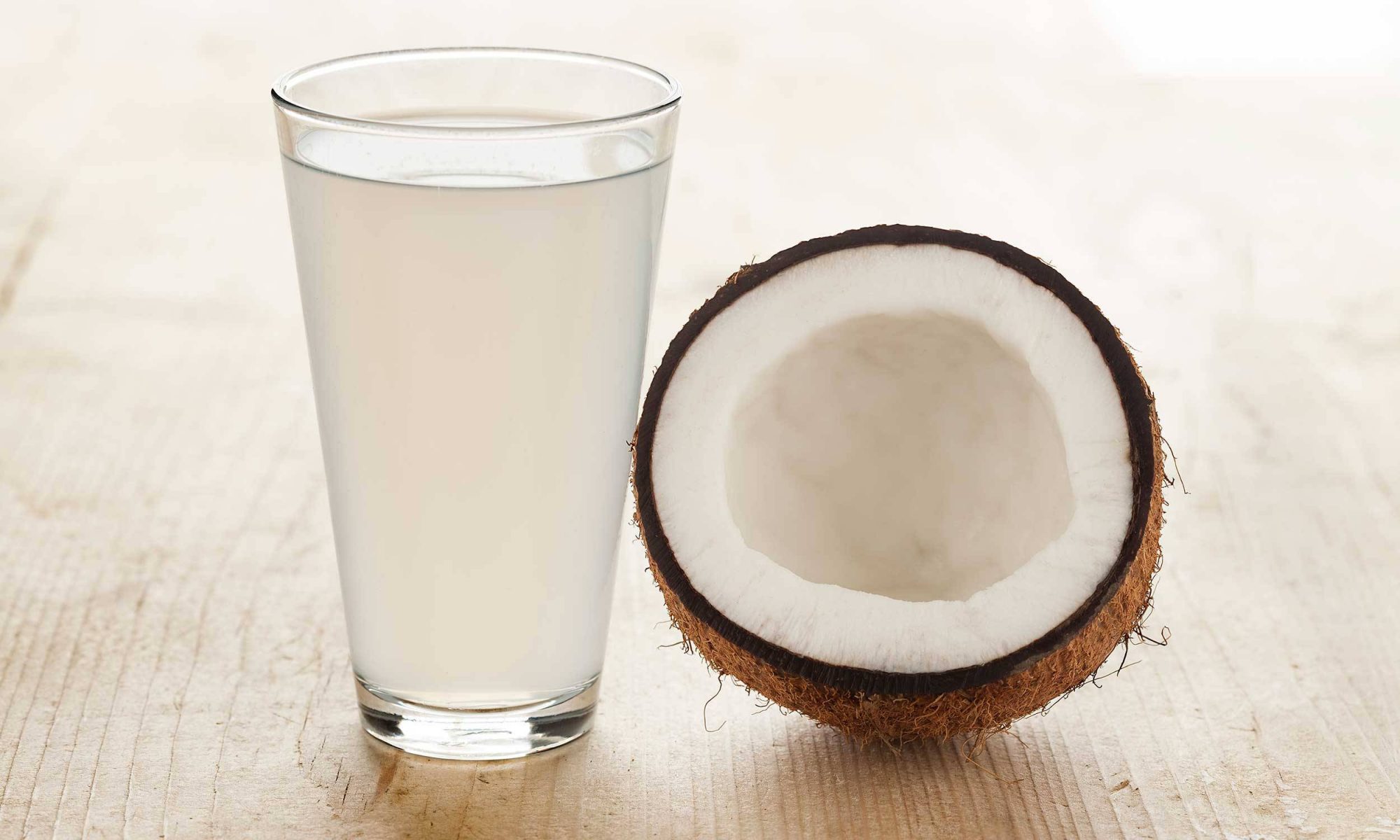

0 thoughts on “How To Store Coconut Sugar”